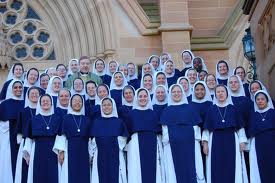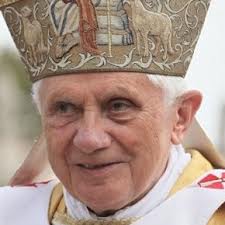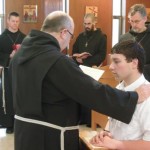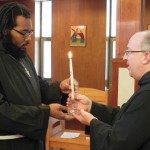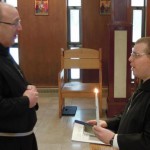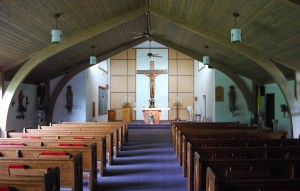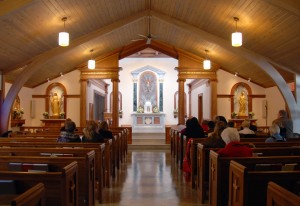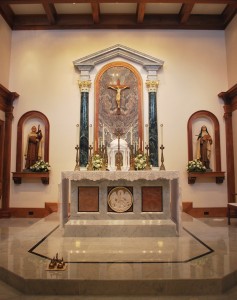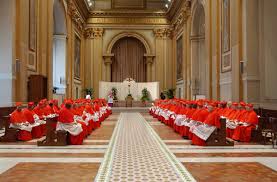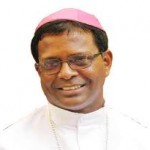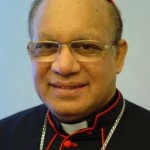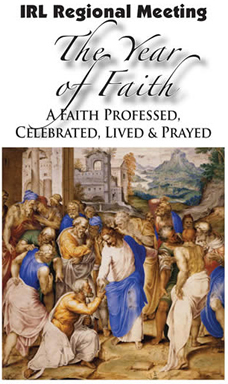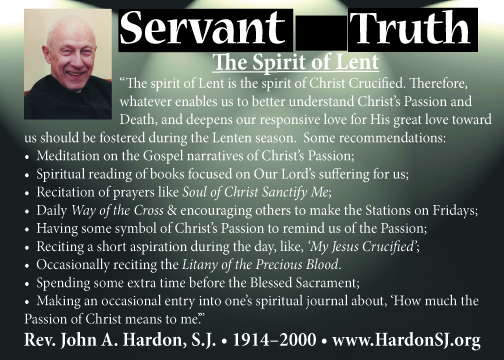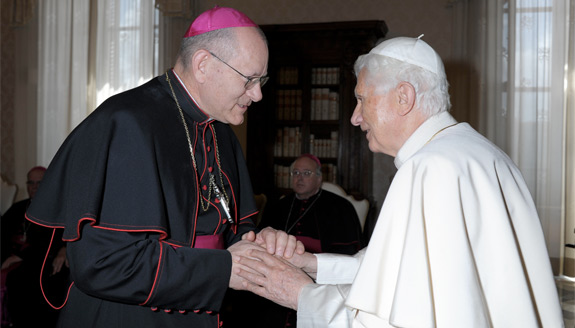 In Catholic World Report (March 13, 2013), Bishop Robert Vasa of the Diocese of Santa Rosa is interviewed about his requirement that the teachers in his diocesan schools promise (with their signatures) to uphold and live out the teachings of the Catholic Church.
In Catholic World Report (March 13, 2013), Bishop Robert Vasa of the Diocese of Santa Rosa is interviewed about his requirement that the teachers in his diocesan schools promise (with their signatures) to uphold and live out the teachings of the Catholic Church.
The addendum to their contract is called “Bearing Witness” and it calls teachers “to a life of holiness;” a call, the bishop says, that is “more compelling for me since I have been entrusted, in my vocation as a teacher/administrator in a Catholic school, with the formation of souls.” The bishop goes on to say: “I am especially cognizant of the fact that modern errors — including but not limited to matters that gravely offend human dignity and the common good such as contraception, abortion, homosexual ‘marriage’ and euthanasia — while broadly accepted in society, are not consistent with the clear teachings of the Catholic Church.”
Bishop Vasa is the President of the Institute on Religious Life and makes makes the point that parents in good faith are sending their kids to Catholic Schools where he presumes that they are looking for their children to receive proper “spiritual, dogmatic, moral formation.” He states: “And since I operate with that presumption, that imposes a responsibility upon me to make sure that the Catholic formation in that school is consistent with what the Catechism and the Holy Father proclaim to be the teachings of the Church. A failure to do that is an abdication of my responsibility.”
In every other walk of life it seems, we are expected to follow the rules for less lofty reasons than what is at stake here. I worked for a large corporation for many years. We had to agree to the Business Conduct Guidelines of the company with our signatures or our employment would be terminated. I only sold computers. In the Bishop’s case, we are taking about people’s souls and their eternal salvation. Shortchanging or darkening children’s consciences does great harm to the individual and to society. Society needs holy Catholic men and women, in our families, schools, hospitals, capitol buildings, convents, monasteries and rectories. I applaud Bishop Vasa for creating the environment where this can happen.
